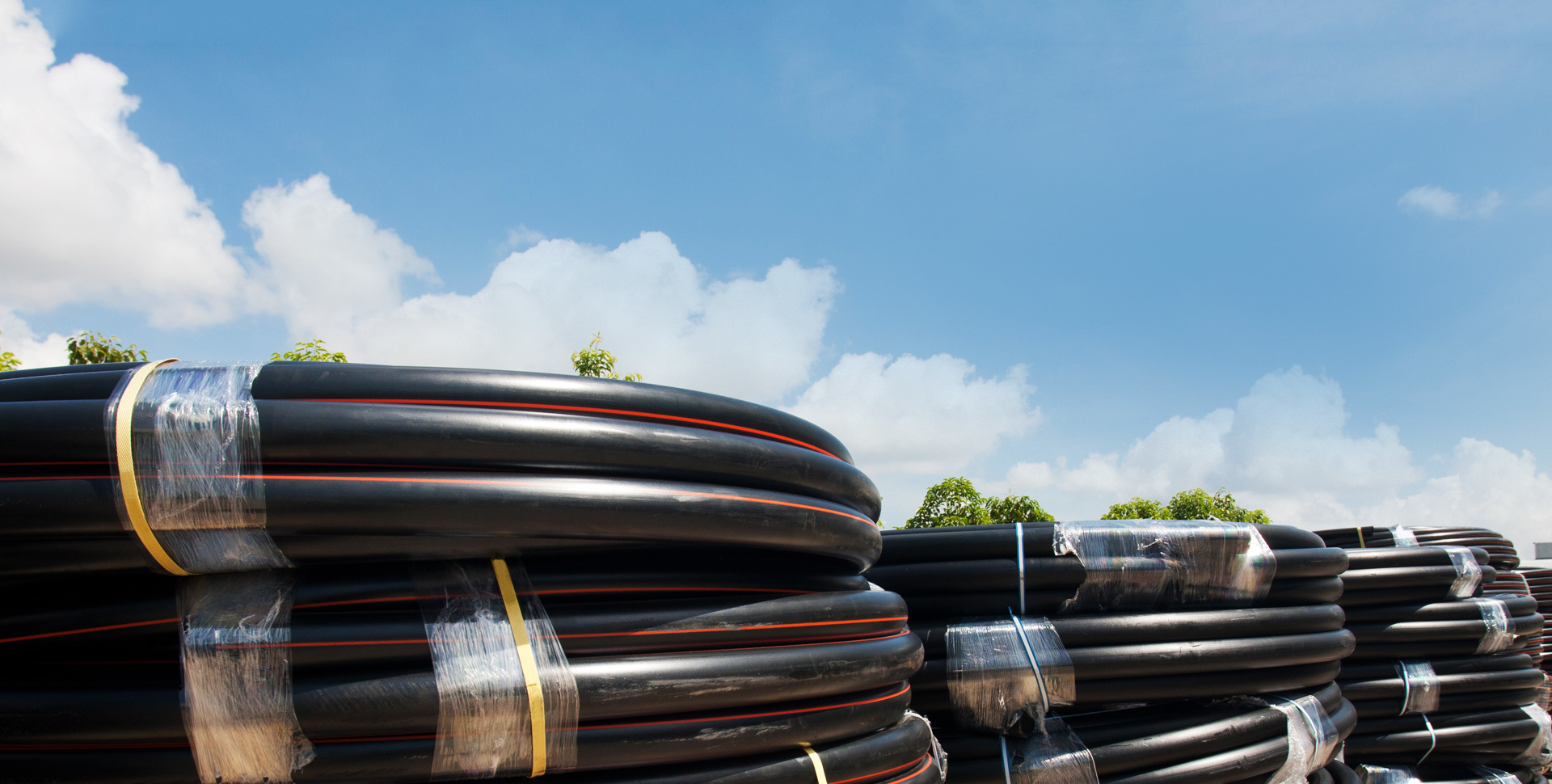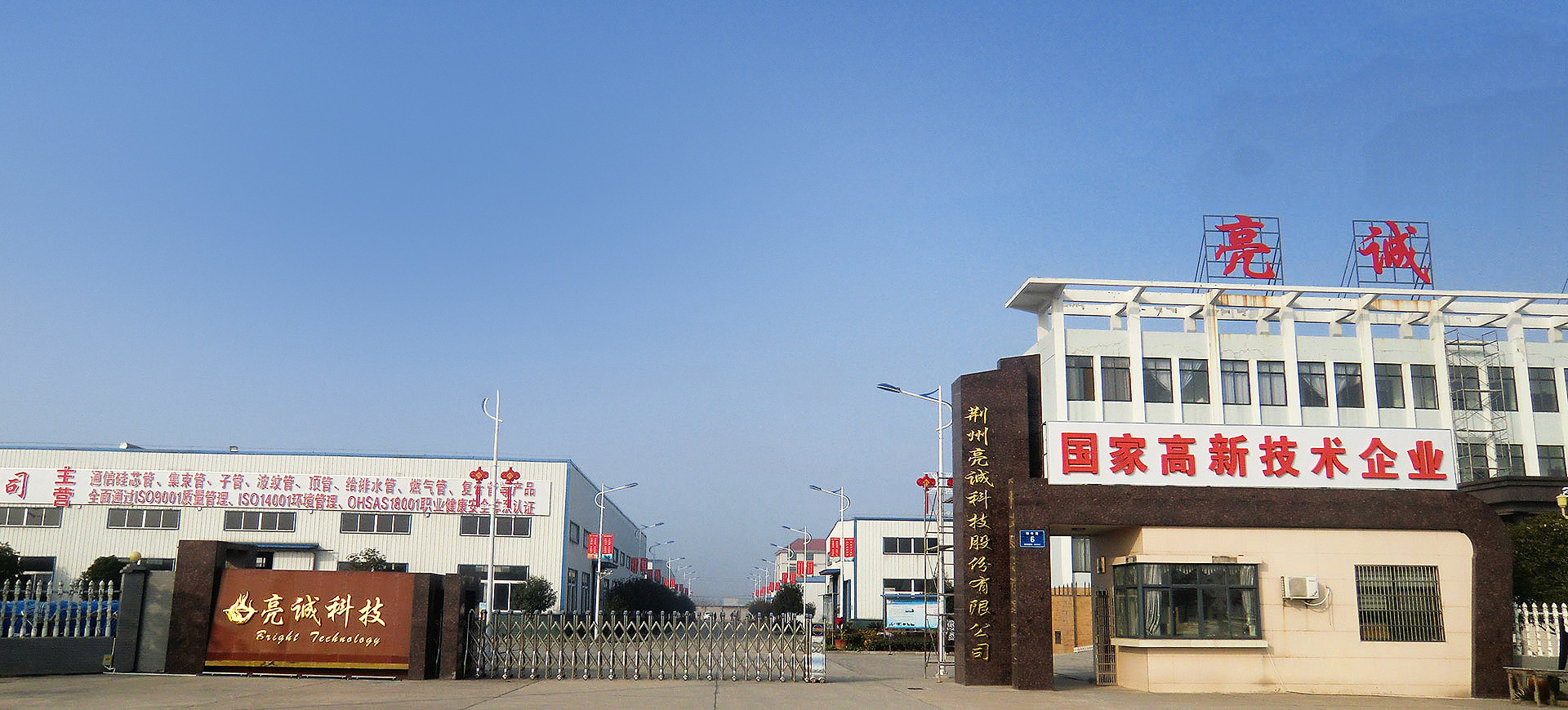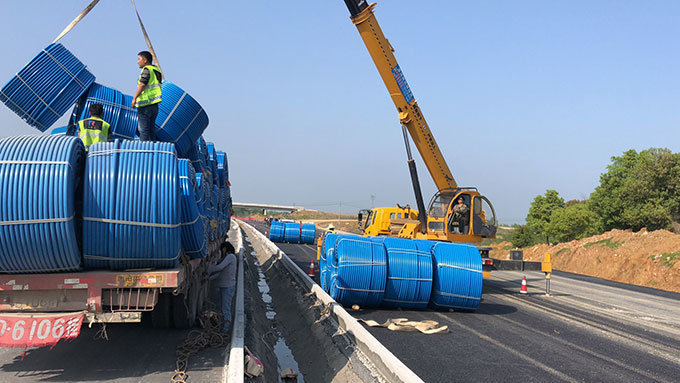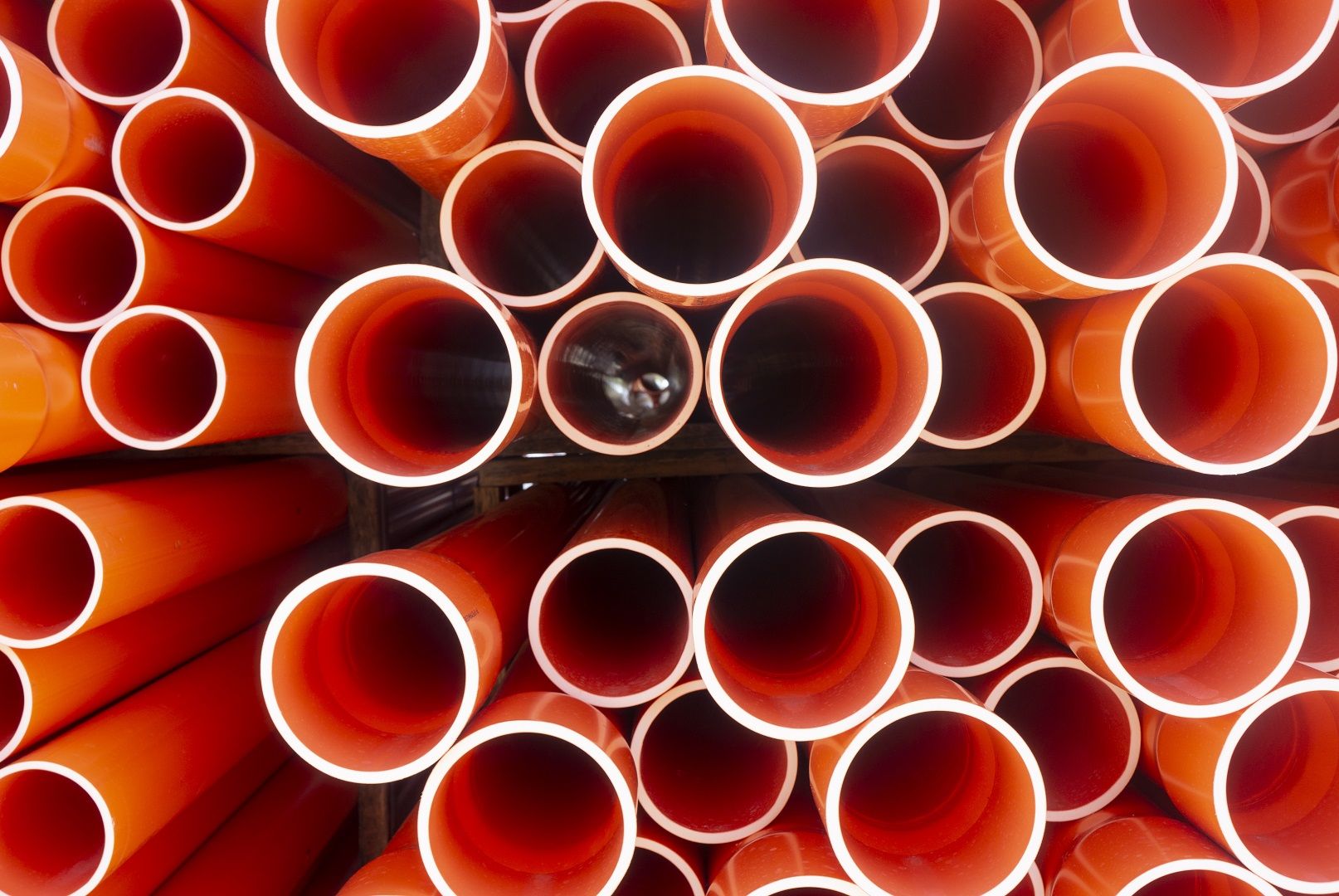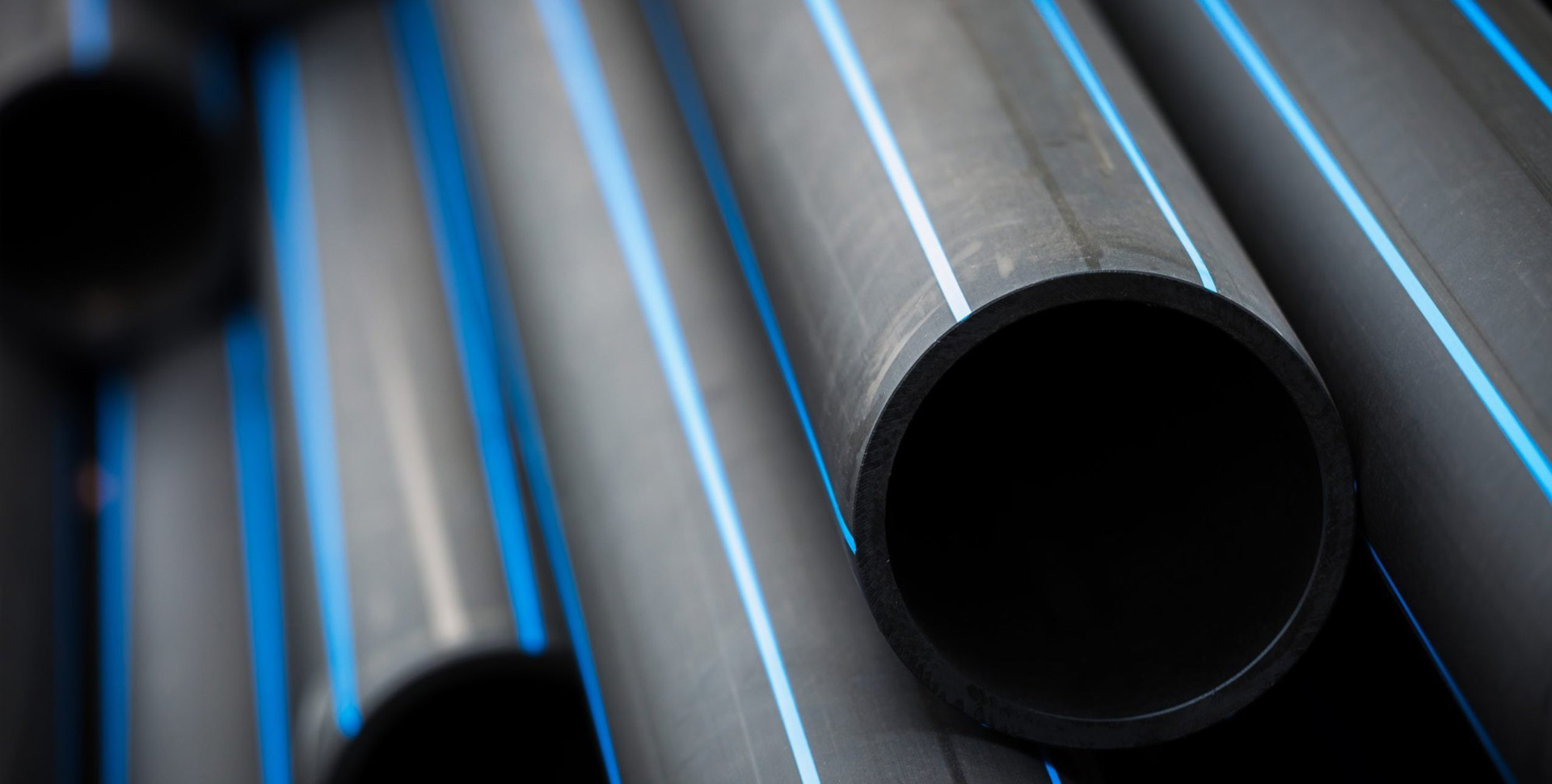Enhancing Aesthetics and Functionality with Microtube Cluster Tube Solutions
Sep 10,2024
Enhancing Aesthetics and Functionality with Microtube Cluster Tube Solutions
Introduction to Microtube Cluster Tube Solutions
Microtube Cluster Tube Solutions have revolutionized the way architects and builders approach design. These versatile components combine **aesthetic appeal** with **functional efficiency**, making them ideal for a wide range of applications. In this article, we will explore the various benefits, applications, and installation methods of Microtube Cluster Tubes, providing you with a comprehensive understanding of how they can enhance your projects.
Understanding Microtube Cluster Tubes
Microtube Cluster Tubes are small, interconnected tubes designed to serve multiple purposes in construction and design. Known for their **lightweight structure** and **durability**, these tubes are made from advanced materials that withstand environmental stresses while maintaining a sleek appearance. The clustered design not only allows for efficient use of space but also contributes to the overall **aesthetic value** of any project.
The Composition of Microtube Cluster Tubes
Microtube Cluster Tubes are typically made from **high-quality polymers** or **metal alloys**, chosen for their strength and resistance to corrosion. The precise manufacturing process ensures that these tubes can be tailored to meet specific design requirements.
Benefits of Using High-Quality Materials
1. **Durability:** Ensures a longer lifespan in various applications, reducing maintenance costs.
2. **Lightweight:** Easier to transport and install, saving time and labor costs.
3. **Versatility:** Can be used in various architectural designs, enhancing creativity.
Application Areas of Microtube Cluster Tube Solutions
The versatility of Microtube Cluster Tubes allows them to be utilized in numerous fields. Here are some key application areas:
Architectural Design
In **architectural design**, Microtube Cluster Tubes can be incorporated into structures to create stunning visual effects. Their ability to integrate seamlessly with other materials allows architects to experiment with different shapes and designs.
Examples of Architectural Applications
- **Facade Design:** Utilized for decorative elements that enhance the building's exterior.
- **Interior Design:** Used in fixtures and furniture to create a modern aesthetic.
Industrial Applications
Microtube Cluster Tubes are also crucial in various **industrial applications**. Their strength and functionality make them suitable for systems requiring **fluid transport** and **conduit solutions**.
Common Industrial Uses
- **Fluid Transport Systems:** Ideal for conveying liquids in manufacturing settings.
- **Electrical Conduits:** Provides a safe pathway for wiring in complex installations.
Creative Art Installations
The artistic community has embraced Microtube Cluster Tubes for creating **sculptures** and **installations** that captivate audiences. Their flexibility allows artists to construct dynamic pieces that challenge traditional forms.
Benefits of Microtube Cluster Tube Solutions
Incorporating Microtube Cluster Tubes into your design projects offers numerous benefits:
Enhanced Aesthetic Appeal
One of the primary reasons for choosing Microtube Cluster Tubes is their ability to enhance aesthetic appeal. Their modern look pairs well with various design styles, from industrial to contemporary.
Functional Efficiency
Beyond aesthetics, these tubes provide immense **functional advantages**. Their clustered design allows for efficient use of space, while their material properties ensure they can handle the demands of various installations.
Cost-Effectiveness
By reducing the need for multiple components, Microtube Cluster Tubes can lower overall material costs. Their durability also ensures longer-lasting installations, minimizing future expenses.
Installation Techniques for Microtube Cluster Tubes
Successfully installing Microtube Cluster Tubes requires a clear understanding of the methods involved. Here are some best practices to consider:
Preparation and Planning
Before installation, careful planning is crucial. This involves:
- **Site Assessment:** Understanding the location and environmental factors that may affect installation.
- **Design Considerations:** Aligning tube placements with the overall design blueprint.
Installation Methods
Several methods can be employed for installing Microtube Cluster Tubes, including:
- **Direct Mounting:** Attaching the tubes directly to surfaces using adhesives or mounting hardware.
- **Suspended Systems:** Utilizing brackets or hangers for overhead installations.
Safety Measures
Always prioritize safety during installation. Ensure that all tools and materials are suited for the specific environment to prevent accidents.
Maintenance of Microtube Cluster Tube Installations
Regular maintenance is essential to ensure longevity and functionality. Consider the following tips:
Regular Inspections
Conduct periodic inspections to identify any signs of wear or damage. Early detection can prevent costly repairs in the future.
Cleaning Procedures
Maintaining cleanliness is vital, particularly in environments where these tubes may come in contact with substances that could lead to corrosion. Use appropriate cleaning solutions that will not damage the materials.
Comparative Analysis: Microtube Cluster Tubes vs. Traditional Tubing Solutions
When comparing Microtube Cluster Tubes to traditional tubing solutions, several distinctions arise:
Design Flexibility
Traditional tubing often lacks the design flexibility that Microtube Cluster Tubes provide. The latter can be customized for various shapes and configurations, offering more creative solutions.
Efficiency in Space Utilization
Microtube Cluster Tubes allow for higher density in installations, maximizing the use of available space without compromising functionality.
Overall Performance
In general, Microtube Cluster Tubes outperform traditional solutions in terms of durability and ease of installation, making them a superior choice for modern applications.
Frequently Asked Questions (FAQs)
1. What are Microtube Cluster Tubes made from?
Microtube Cluster Tubes are typically composed of high-quality polymers or metal alloys, designed for durability and aesthetic appeal.
2. What are the main applications of Microtube Cluster Tubes?
They are used in architectural design, industrial applications, and creative art installations, providing both aesthetic and functional solutions.
3. How do I maintain Microtube Cluster Tube installations?
Regular inspections and cleaning are essential to ensure the longevity and performance of the installations.
4. Can Microtube Cluster Tubes be customized for specific projects?
Yes, they can be tailored to meet specific design requirements, offering flexibility in their applications.
5. Are Microtube Cluster Tubes cost-effective compared to traditional tubing solutions?
Yes, they generally reduce material costs and minimize future expenses due to their durability and efficiency.
Conclusion
Microtube Cluster Tube Solutions provide a unique blend of **aesthetic appeal** and **functional efficiency** that can significantly enhance any architectural or industrial project. Their versatility allows for innovative applications, while their durability ensures long-lasting performance. As the industry continues to evolve, embracing advanced materials like Microtube Cluster Tubes will enable architects and builders to push the boundaries of design and functionality. By understanding their benefits, installation methods, and maintenance requirements, one can fully leverage the potential of these solutions for projects that stand out in both form and function.
Latest News

